It seems like the stuff of fiction now, but in 1692 in Salem, MA, a wave of mass hysteria swept the village and resulted in the deaths of 20 people.
The tale of the Salem witch trials is long and convoluted, and has more to do with superstition, gossip, and human conflicts in the isolated community than it had to do with anything supernatural.
Today, most people blame mass hysteria on the bizarre event. Another theory states that the cause came from a fungus that affected the town's corn supply, causing hallucinations.
Whatever the cause, things took a pretty strange turn in Salem and, desperate for explanations, all kinds of behavior was used to levy accusations of witchcraft at citizens, most of them women.
And those behaviors? They included things like having a lot of children, letting the milk spoil, and having female friends. Yikes.
Today, this all seems surreal, and even silly, but when the trials in Salem came to a close, 20 people had lost their lives, 14 of them women. Even more shocking is that people are still accused of witchcraft to this day, even tiny, helpless children like Hope from Nigeria, who were thankfully rescued.
And it’s pretty amazing to see how behaviors we see as totally normal suddenly became frightening and ominous in a different time and setting.
Check out the list below and see how many accusations of witchcraft you might have racked up!
1.) Be A Female
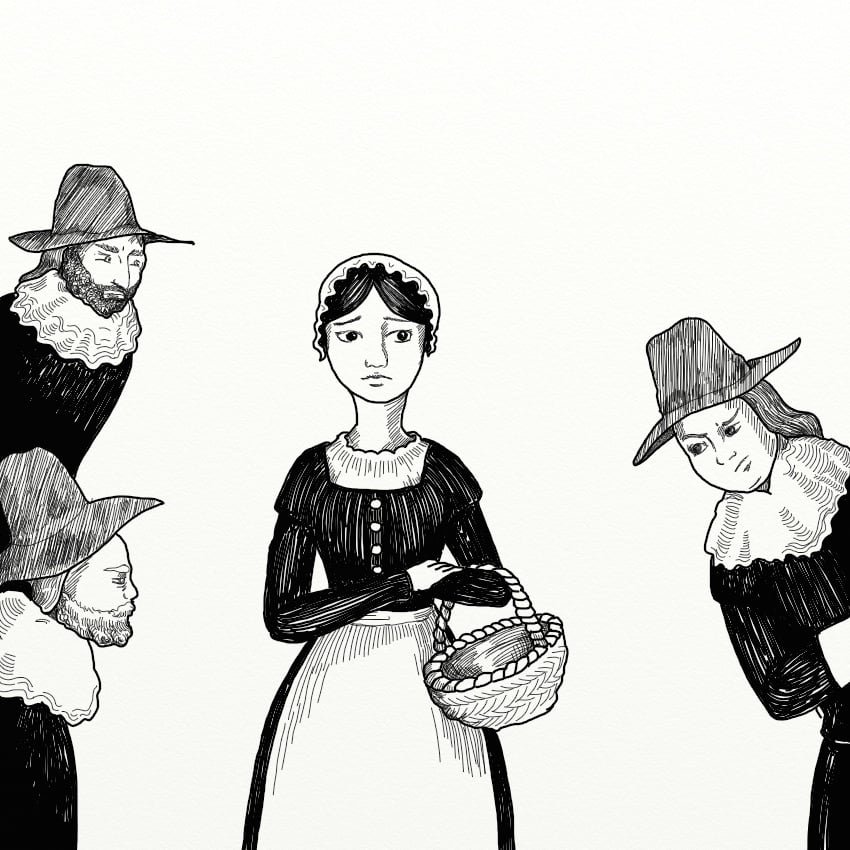
Witches are typically thought to be women, so being born female was an automatic strike against you. Oops.
While men were also accused of witchcraft, the accused were overwhelmingly female.
In Salem, 14 women and six men were convicted of witchcraft and executed.
2.) Be Very Old
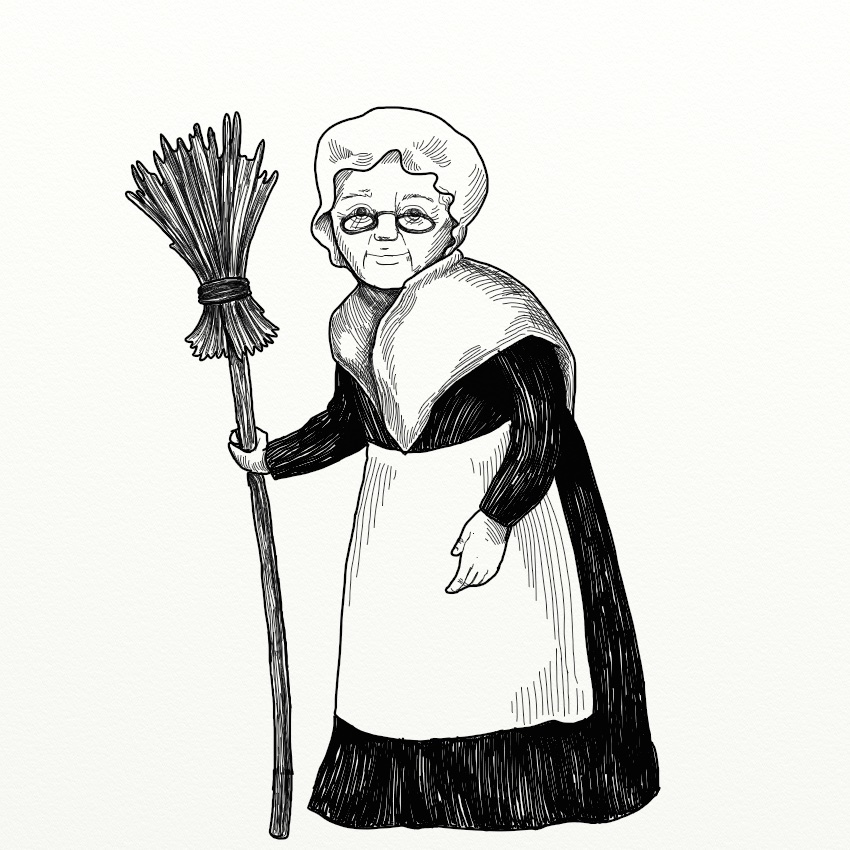
Older women, both married and unmarried, were easy pickings for accusers, probably because they were considered vulnerable.
The oldest woman to be executed for witchcraft was Rebecca Nurse, age 71.
More uplifting was the story of Mary Bradbury, 77, who was convicted and sentenced to death, but escaped to Maine with her husband and died of natural causes at 85.
3.) Be Very Young
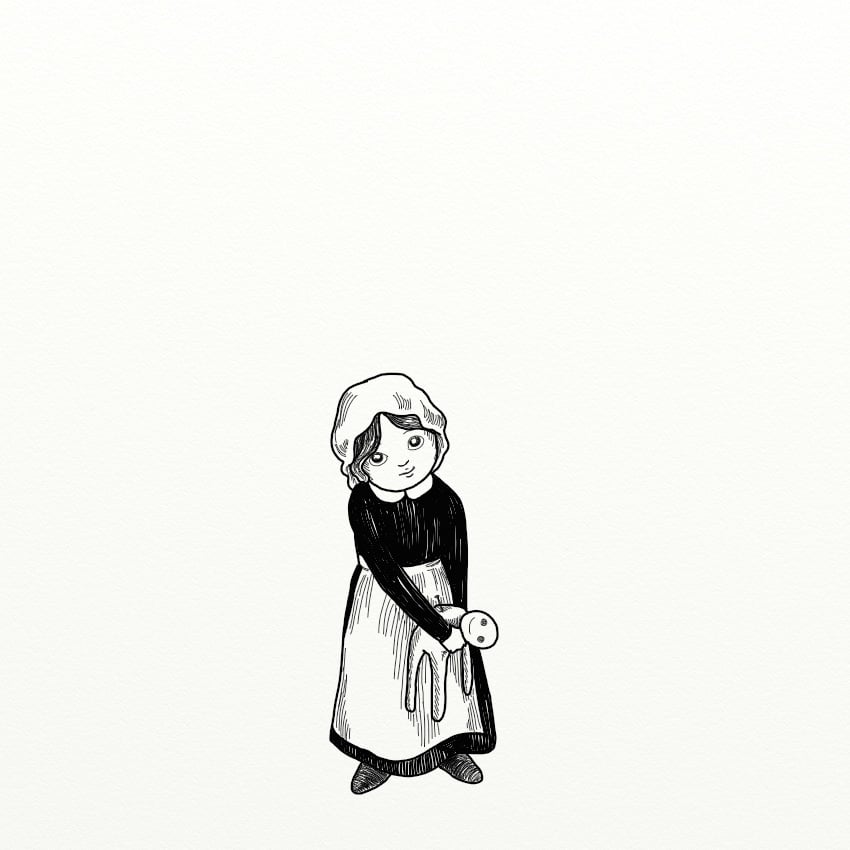
The cuteness of youth wouldn't save you, either.
Poor Dorothy Good was only 4 years old when she "confessed" to being a witch, and also implicated her mother, Sarah, who was executed.
Dorothy survived, but after the death of her mother and a nine-month stint in prison, she suffered from mental health issues for the rest of her life.
4.) Have No Money
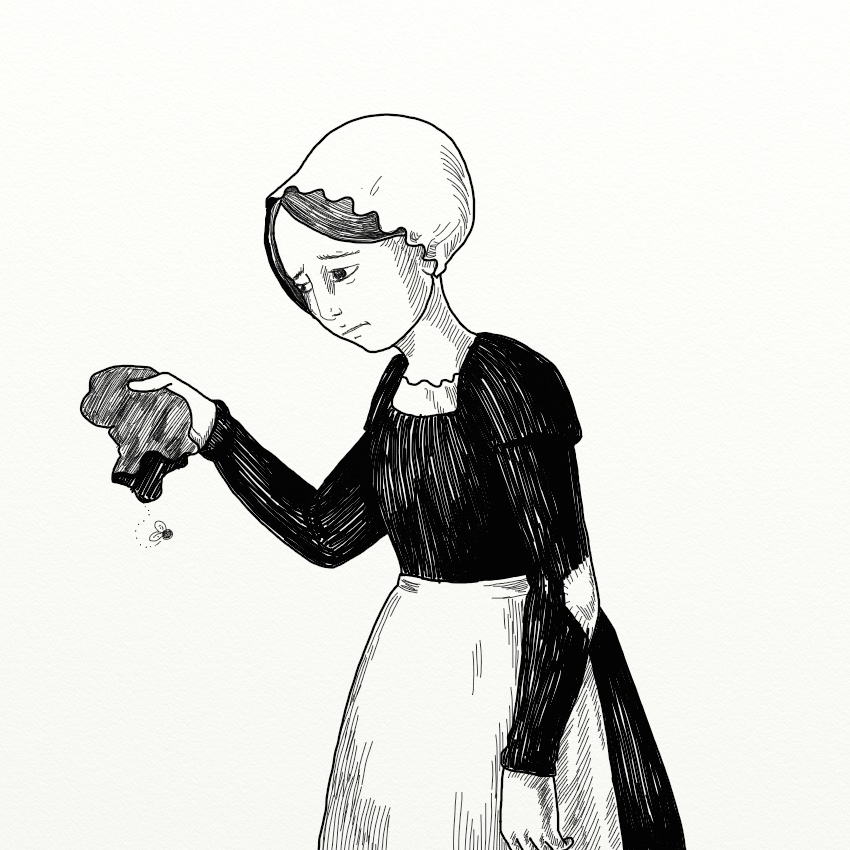
5.) Have Lots Of Money
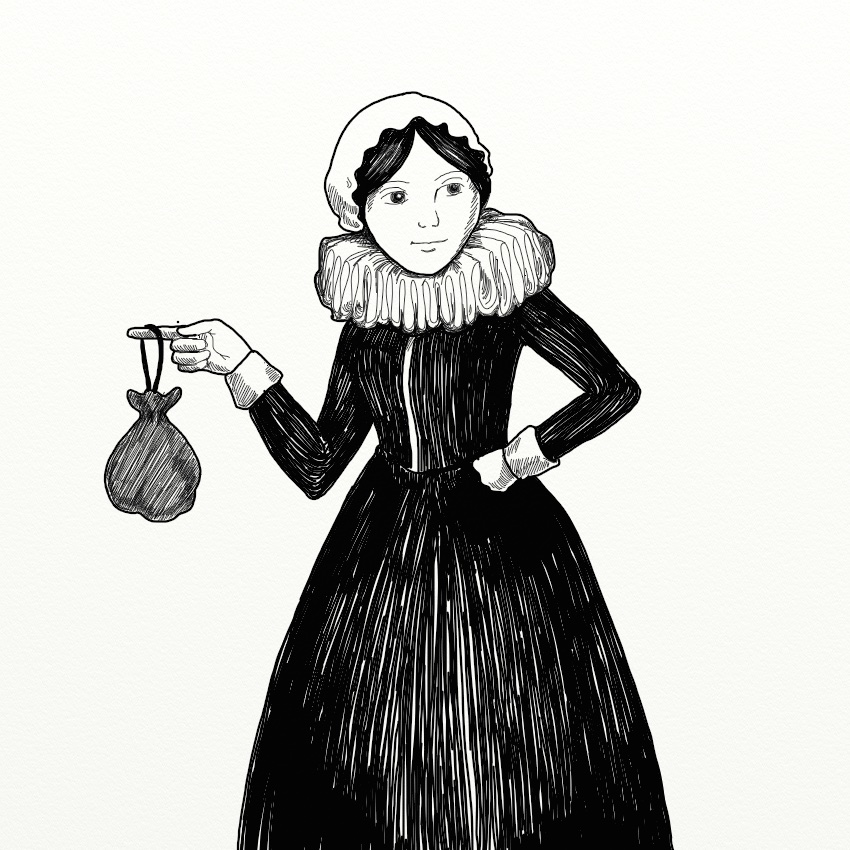
Having money wasn't a ticket to acquittal, though, particularly if you were female. A woman who could support herself without a man was looked on with suspicion.
Between 1620 and 1725, almost 90 percent of the women accused of witchcraft in New England were financially independent.
6.) Have Female Friends
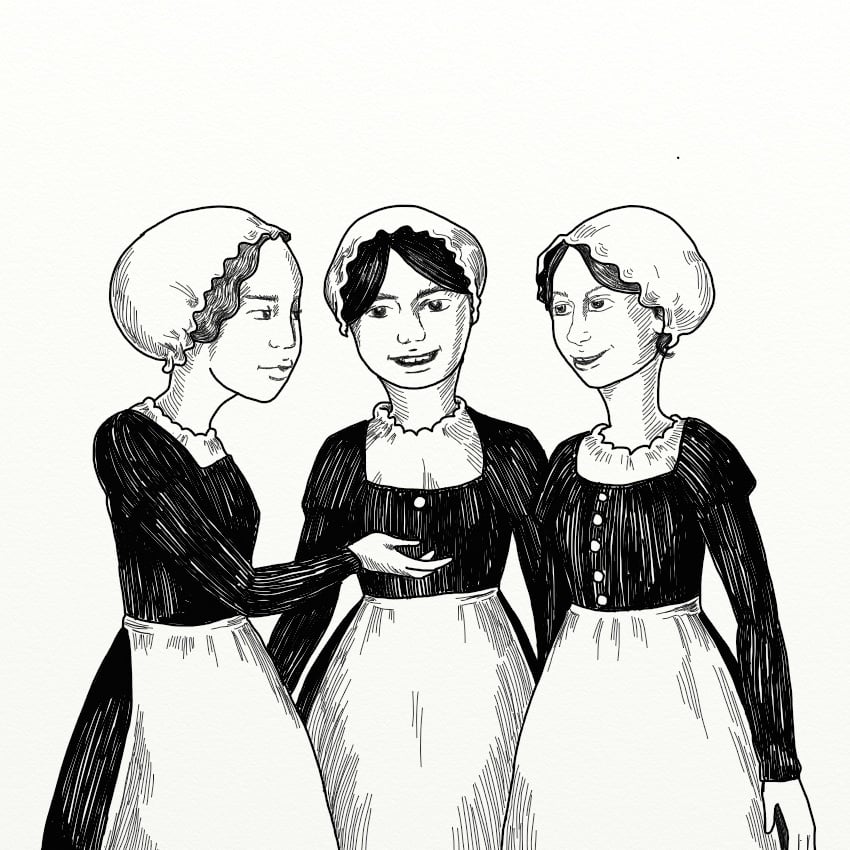
Love hanging out with the girls? Well, that would have been considered highly suspicious in Salem.
A group of women meeting without a male chaperone was automatically assumed to be devil worship.
7.) Have An Argument With Someone
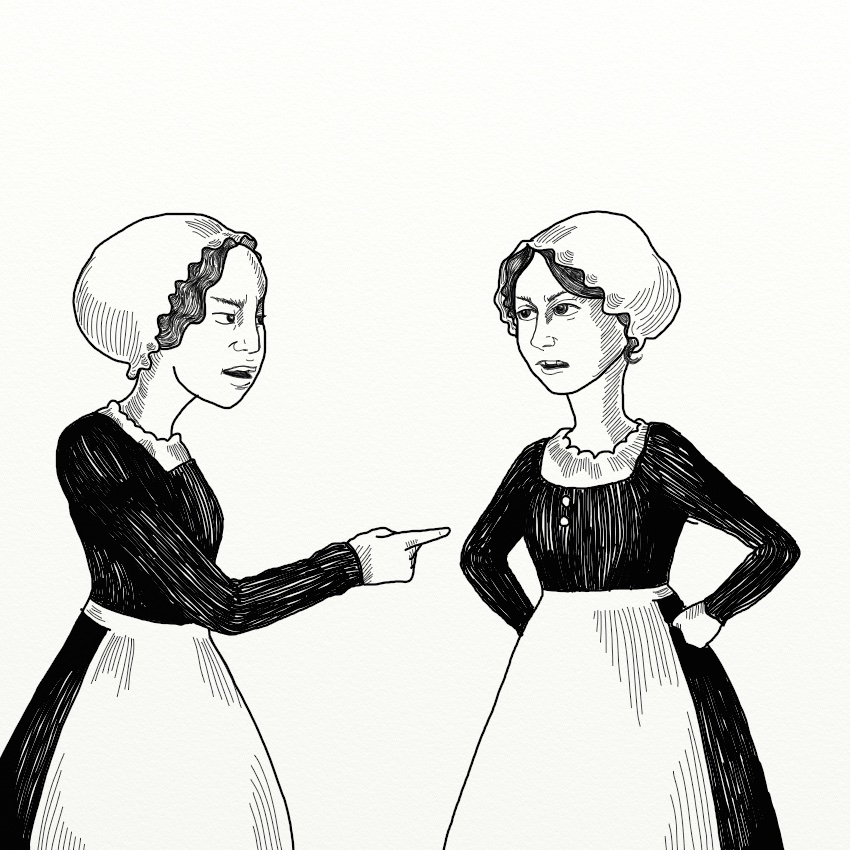
Most of the accusations of witchcraft, historians think, stemmed from much more earthly places.
If you got into an argument with someone, a good way to get back at them was to claim you'd seen them whooping it up in the woods with no clothes on.
And sadly, it usually worked.
8.) Have A Lot Of Children
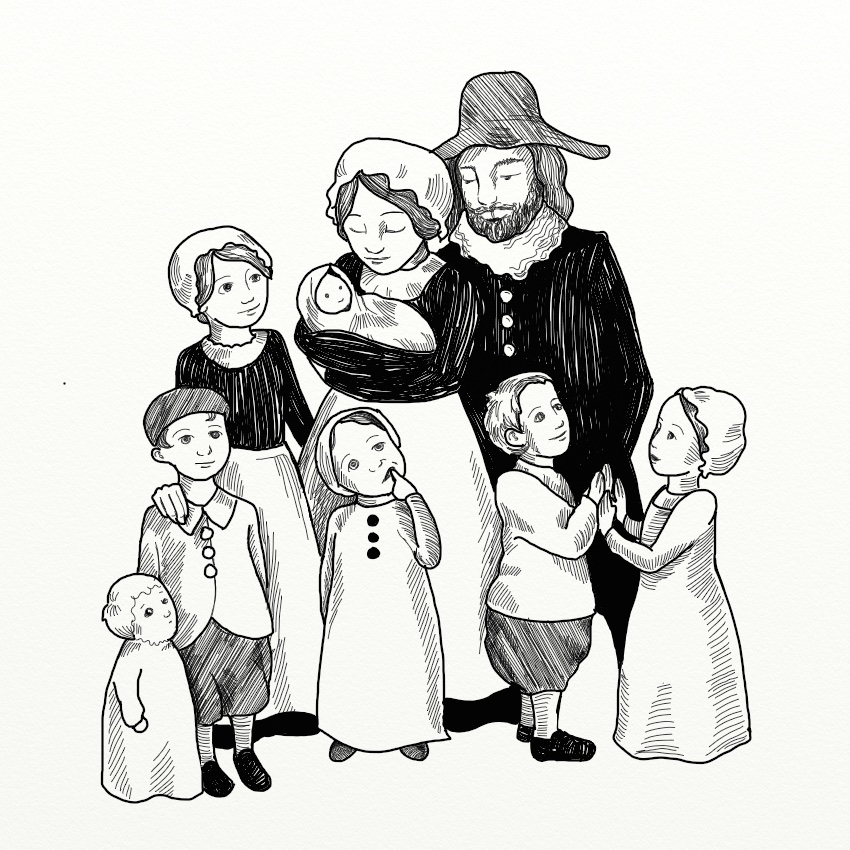
You'd think being a family woman would be considered a good thing.
But leave it to the citizens of Salem to consider a big family a sign of dark magic, and possibly a sign of stealing babies from other families through using magic.
9.) Have Few Or No Children
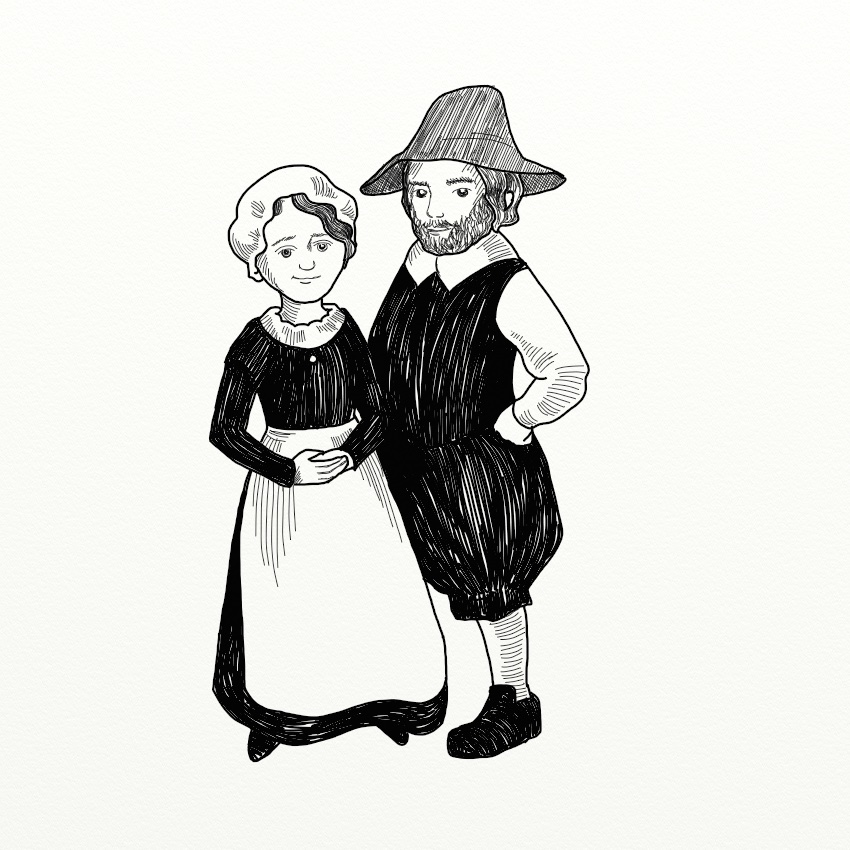
But just like you could be too rich or too poor, you could also have too few children.
There is double suspicion if any neighboring children encounter any hardship. Then it's definitely your fault.
10.) Be Sassy
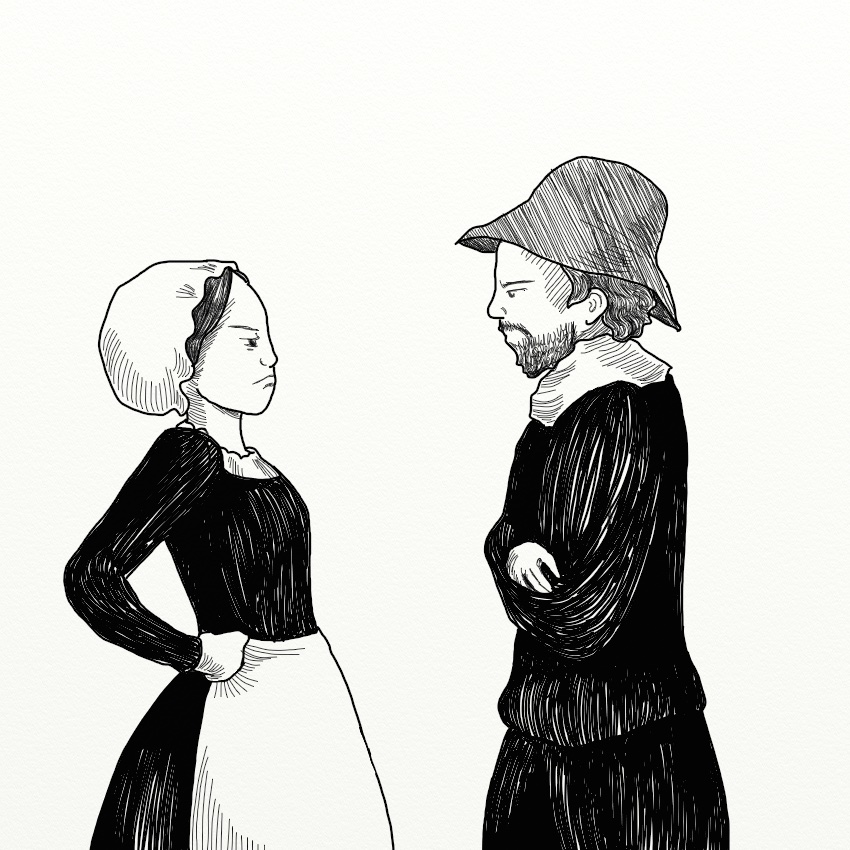
At the trial of Rachel Clinton, her accusers called her "embittered, meddlesome, [and] demanding."
So if you ever talked back, or probably even politely disagreed, you could be sure someone would look askance at you — especially if you were female and stood up to a man.
11.) Have A Mole Or Birthmark
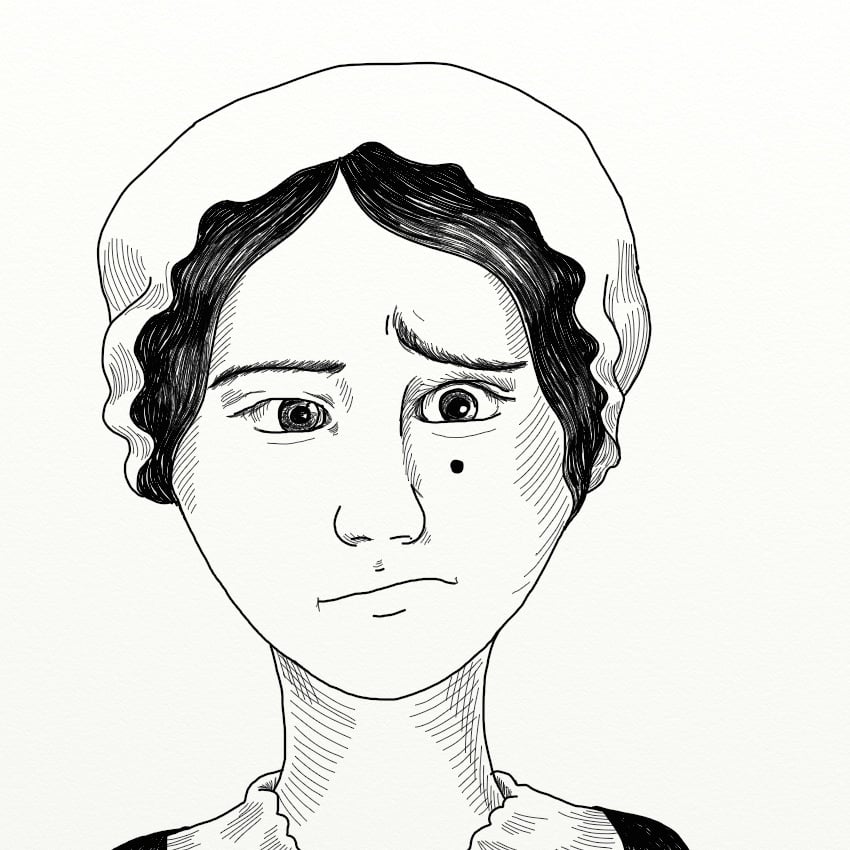
Having a mole or a birthmark was often one of the ways a witch was "proven."
The totally natural markings that most people have were considered to be where a witch's familiar would latch on and drink their blood.
No word on what was thought of upstanding men with moles.
12.) Let The Milk Go Bad
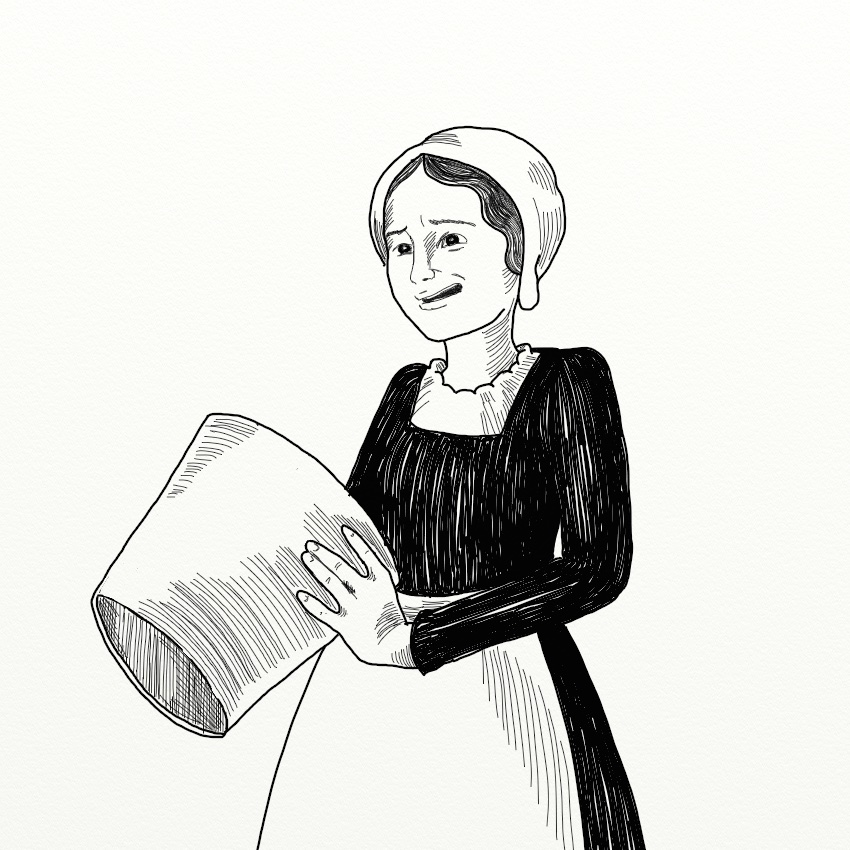
Common "evidence" of witchcraft in Salem usually involved some kind of spoiled dairy, such as the accused walking by and making milk curdle.
So if you've ever had the gag-inducing experience of letting your milk expire, don't tell anyone.
And think, this was before refrigerators!
13.) Wear Clothing Made From More Than One Material
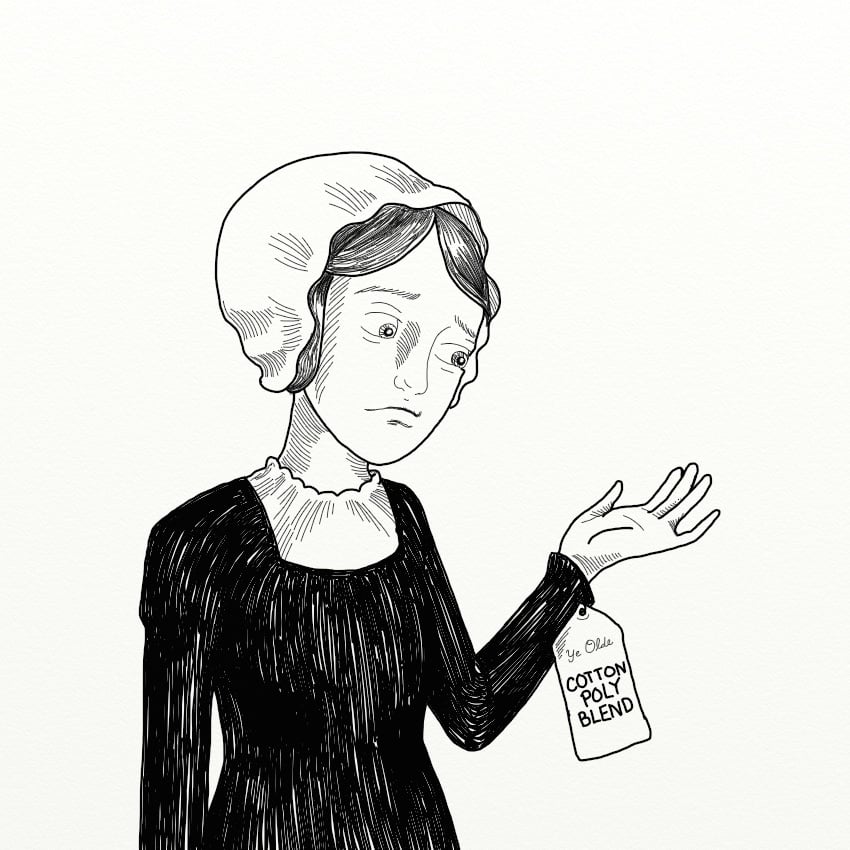
Basically, any breach of biblical rules made one a target for an accusation of witchcraft, no matter how small, strange, or impractical the rule.
Clothing made of more than one type of fiber, or a field planted with more than one type of crop, for example, was considered devilish.
14.) Work In Medical Care
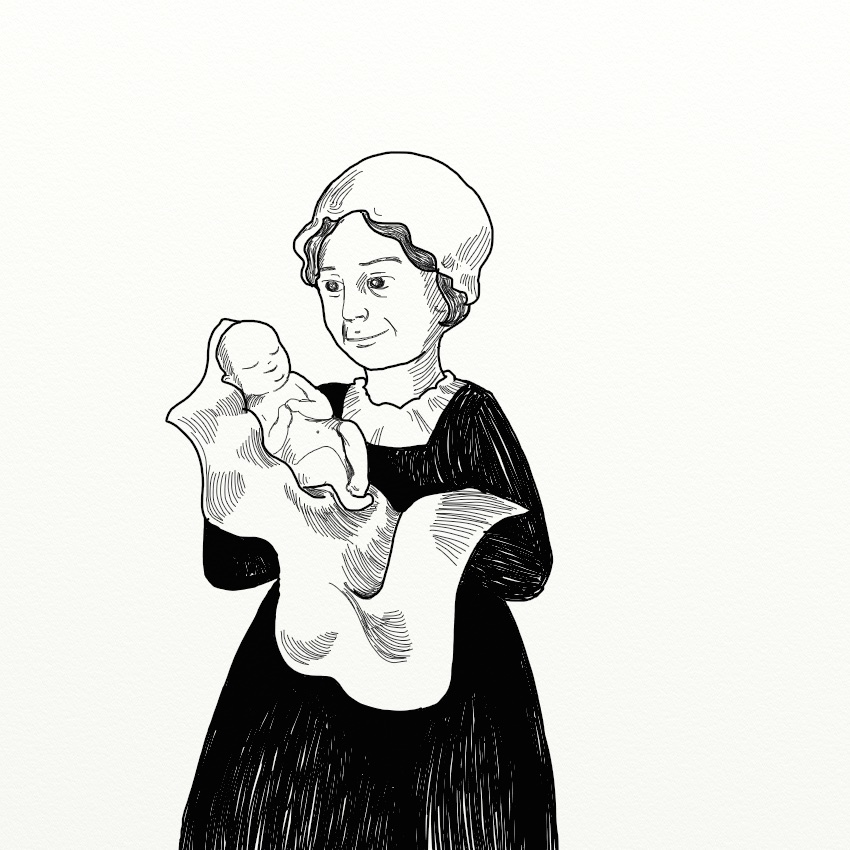
If you think someone who helps deliver babies and provides cures for the sick would be celebrated, think again.
Women with even rudimentary medical knowledge, like midwives, were often viewed with suspicion.
Why? Because they had education and autonomy, and dealt intimately with women's bodies and health. All things that challenged the authority of the church.
Today, accusing someone of practicing malicious magic because they've let their milk expire seems completely bizarre to us.
But this fascinating, if shocking, chapter in history shows us that truth really is stranger than fiction!
SHARE these strange criteria for being a witch with your friends, and see if you make a coven!





Being poor was a good way to get accused of witchcraft.
Sarah Good, who was hanged in 1692, was a known beggar.